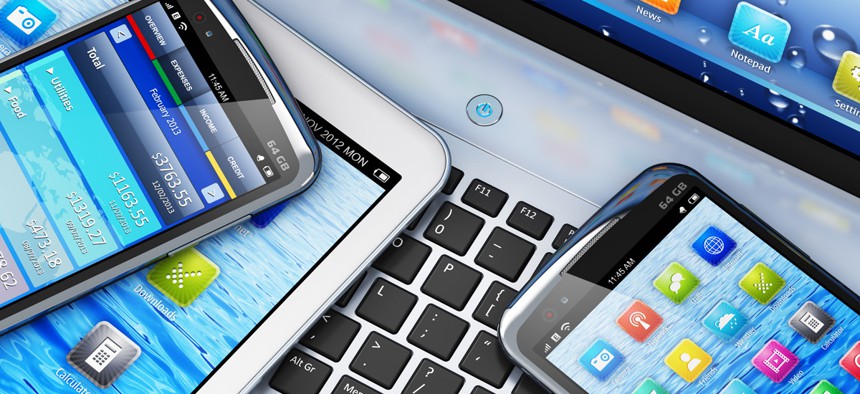State Department Looks to Outfit Workers with 'the Most Contemporary' Mobile Devices

Oleksiy Mark/Shutterstock.com
This is no small task considering the agency currently provides 36,000 mobile devices to its employees stationed in almost every country in the world.
The State Department wants to suit up its employees with “the most contemporary” mobile devices available, but at a reduced price.
The agency is in the market for information to help it implement a highly capable, centrally managed cell service and mobile device program, according to a request for information released Aug. 14.
“These models will include the use of best-in-class fulfillment processes, enabling technology, and policies that improve process compliance,” the RFI stated.
This is no small task considering the agency currently provides 36,000 mobile devices to its employees stationed in almost every country in the world. State currently allocates about $16 million each year to expenses related to cell service and mobile devices.
To add some context: As a whole, the federal government spends about $1.2 billion annually on 1.5 million mobile devices and services each year, according to the Office of Management and Budget.
The agency wants to minimize the costs of initial delivery, replacements, upgrades and cell plan adjustments and discontinuations, according to the notice.
But cutting costs may be less of a matter of finding a service provider who can offer a great deal, and more of simply keeping track of the models it already has. State published its RFI only a few months after a Government Accountability Office report discovered the agency has not been keeping an inventory of its employees’ mobile devices.
State provides mobile device services for all four of its employee groups: nontravelers based in the U.S., domestic travelers, international travelers and those based overseas.
It currently uses AT&T, Sprint, Verizon and T-Mobile as its service providers, according to the notice.
Company responses to the RFI should include information on how it plans to manage the program, its methods for supporting those devices it provides and descriptions of how it handled similarly sized contracts.
(Image via Oleksiy Mark/ Shutterstock.com)





